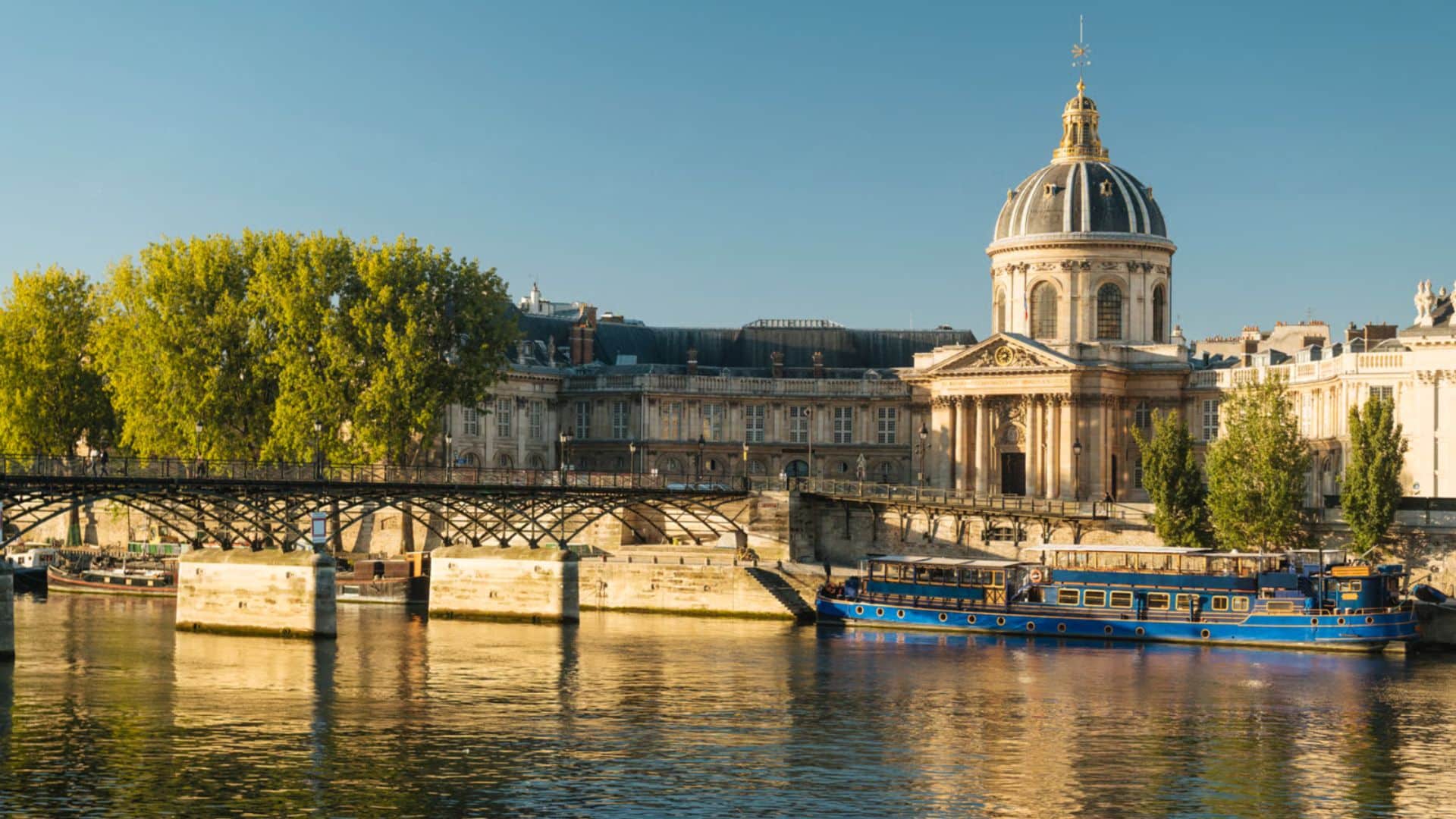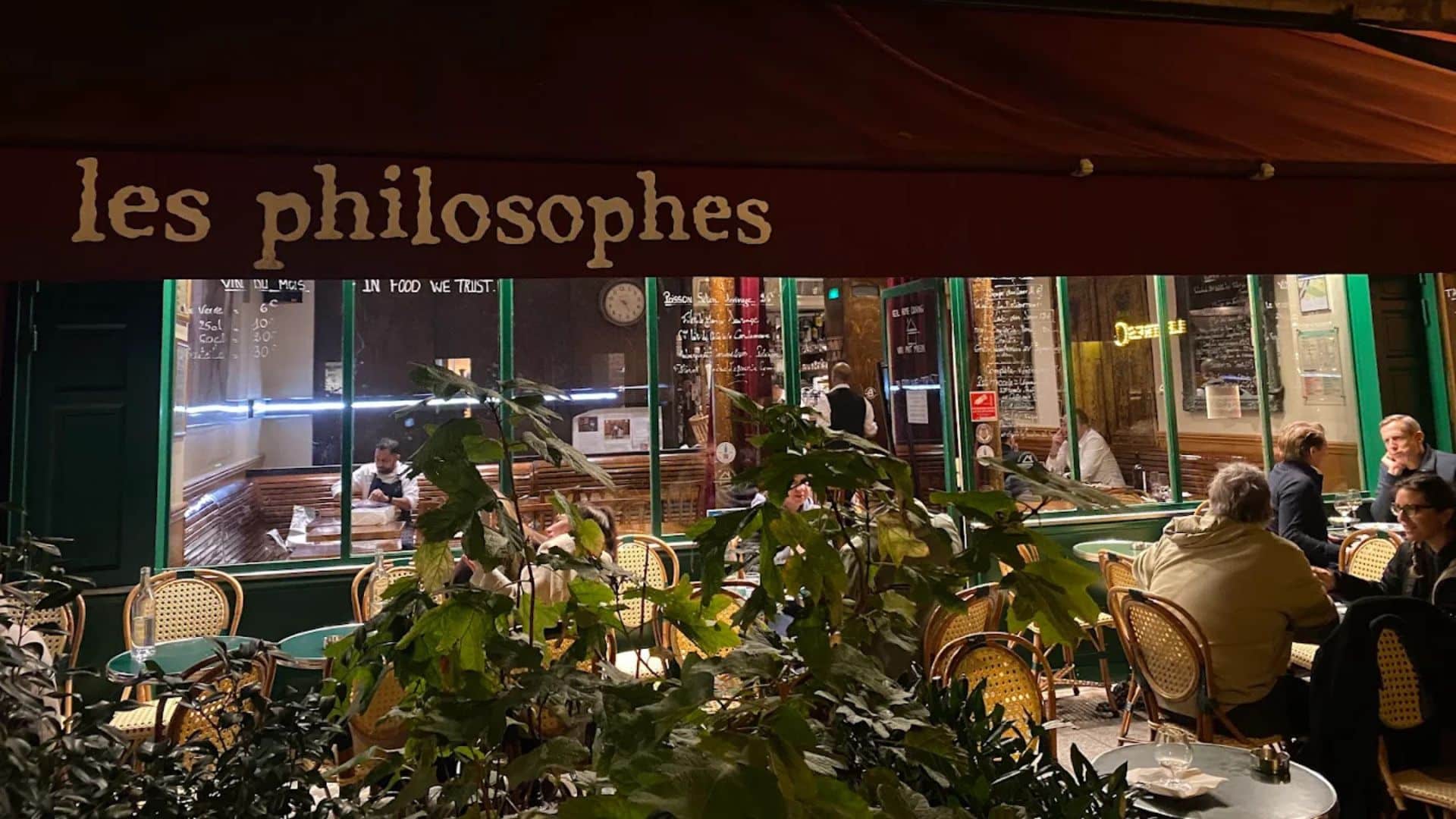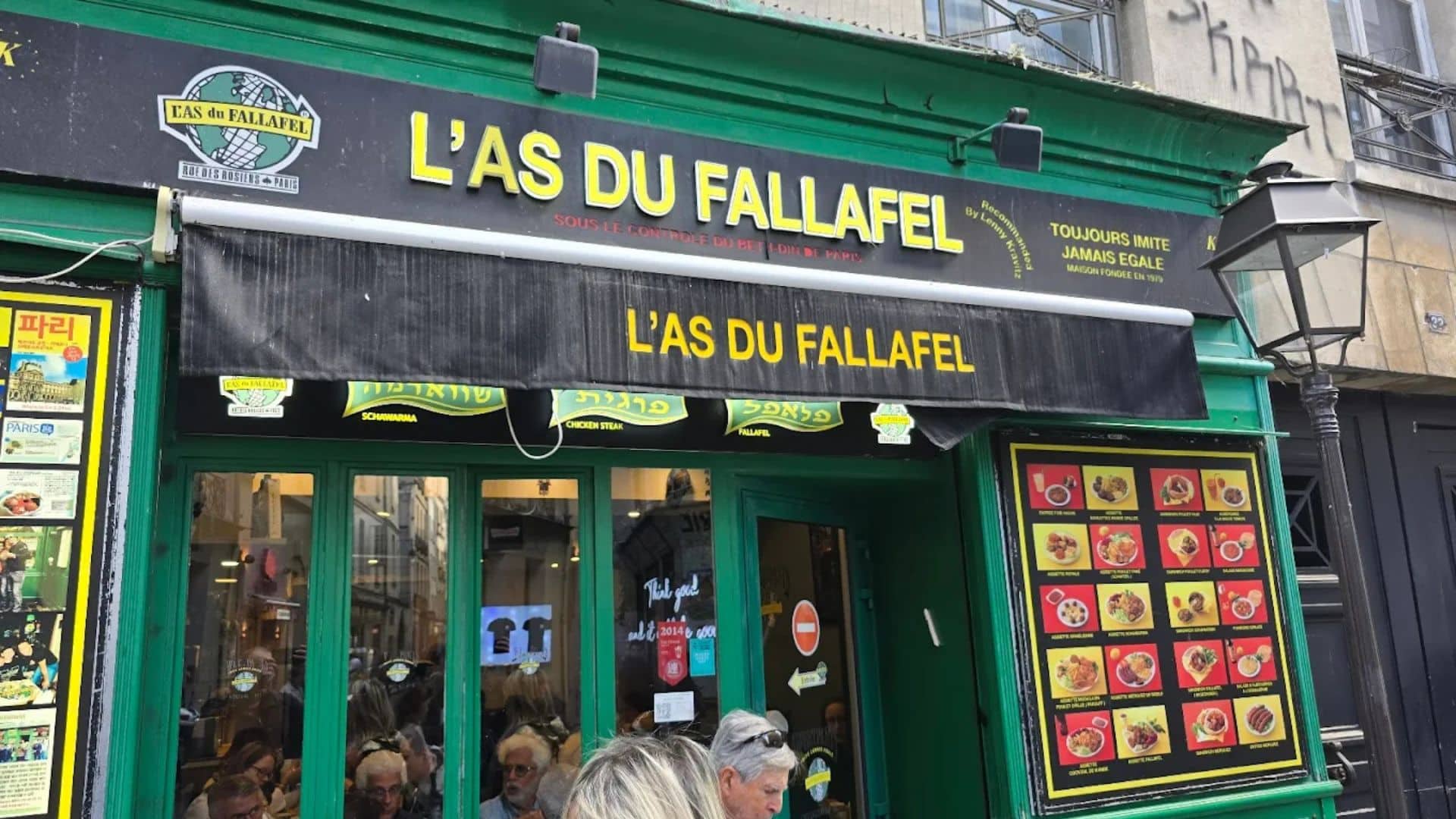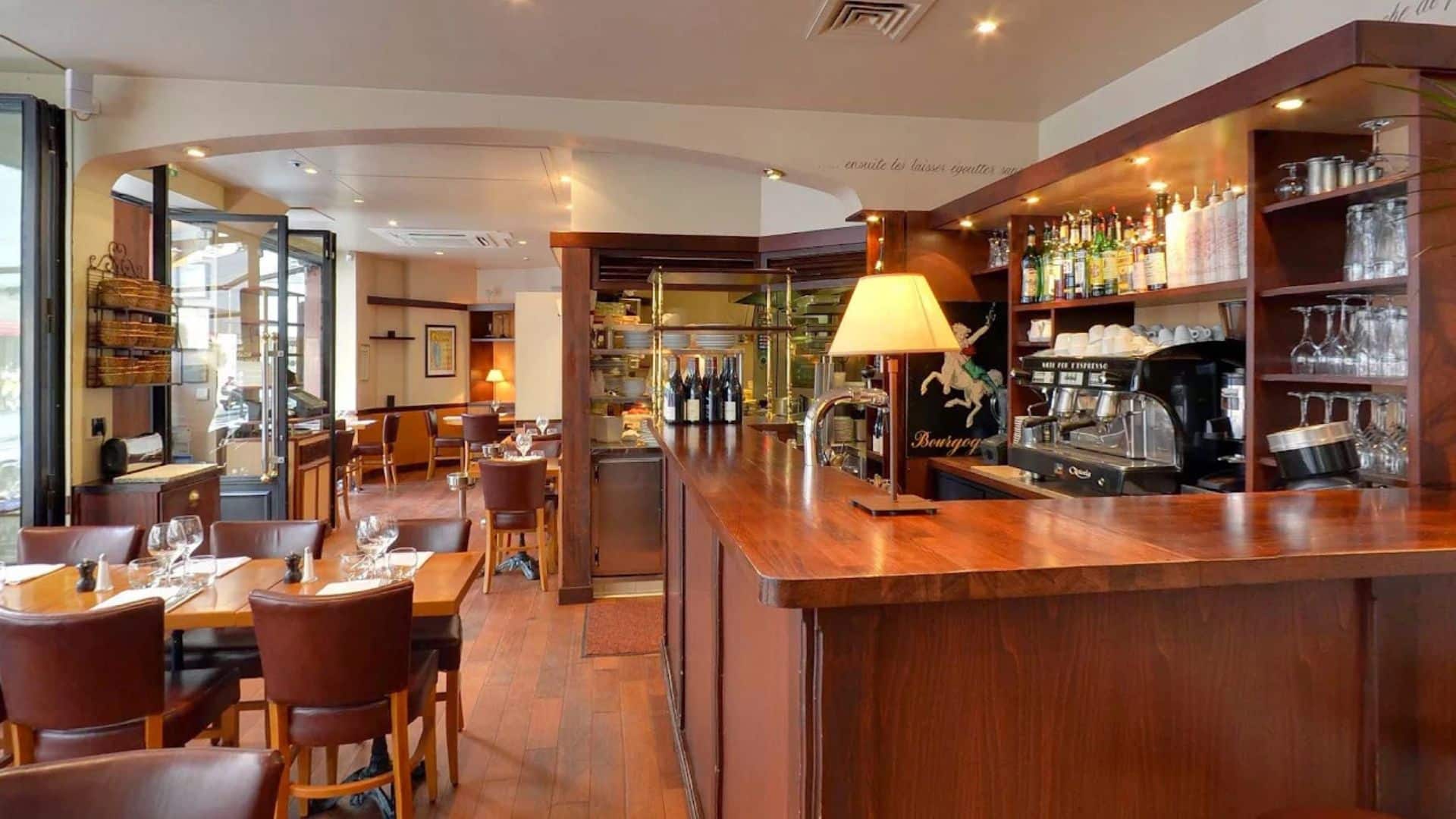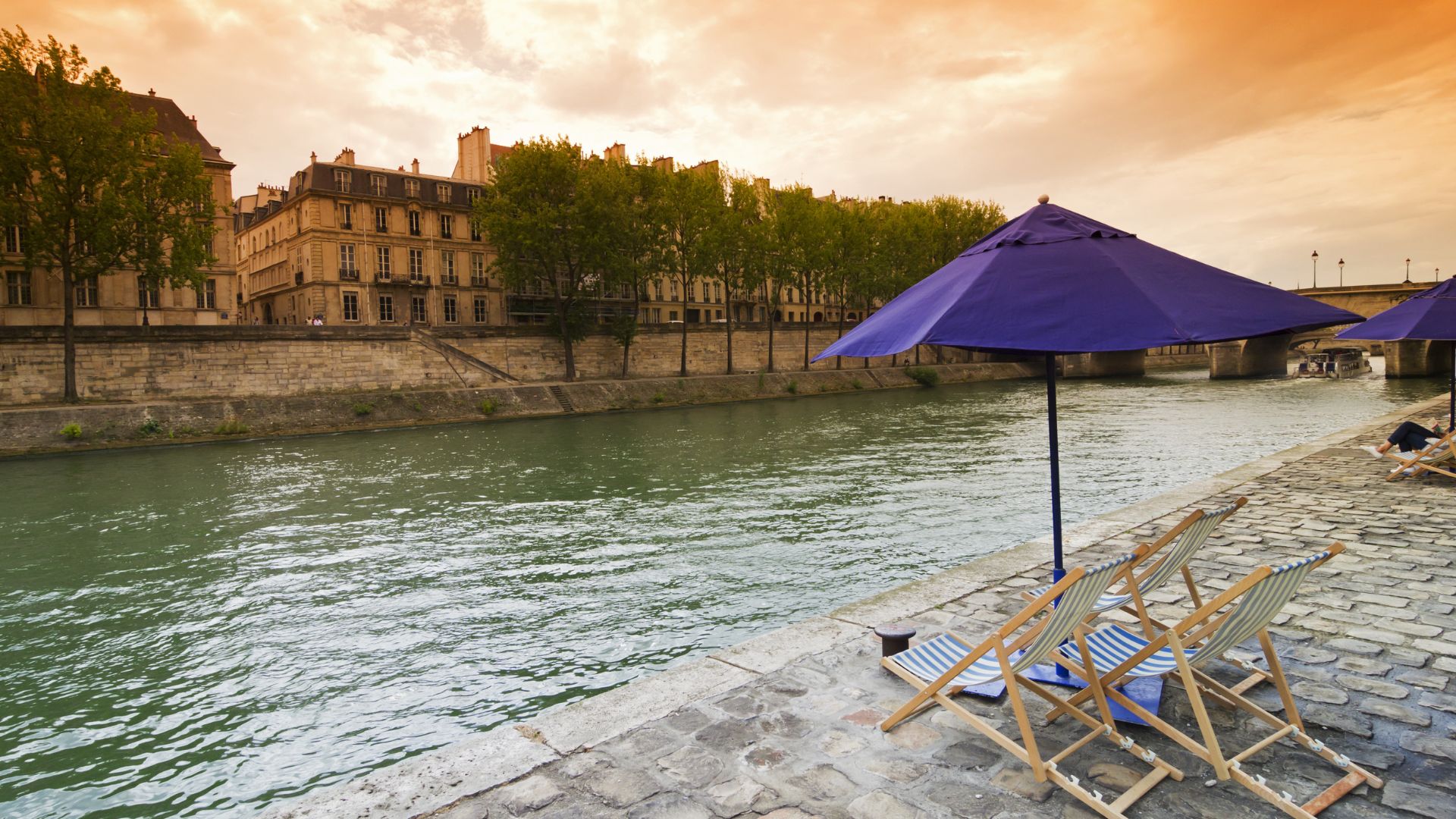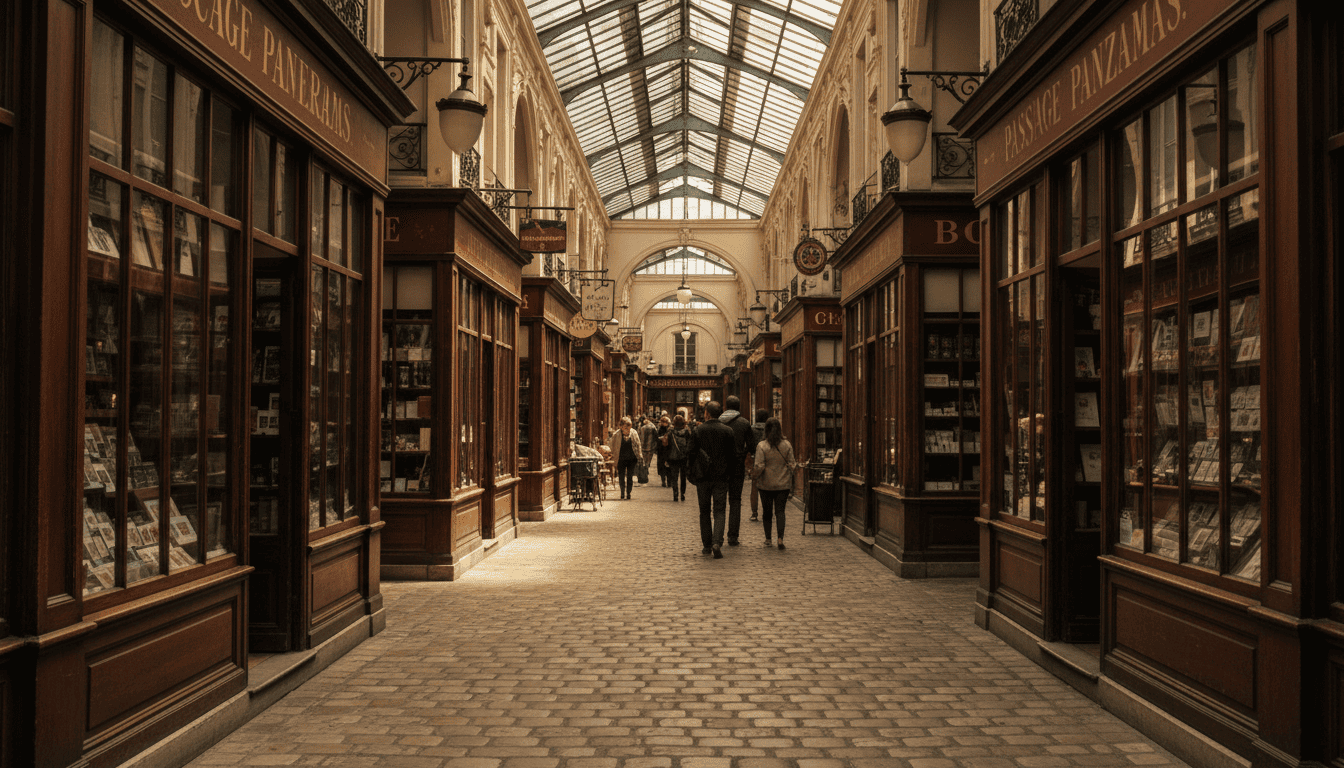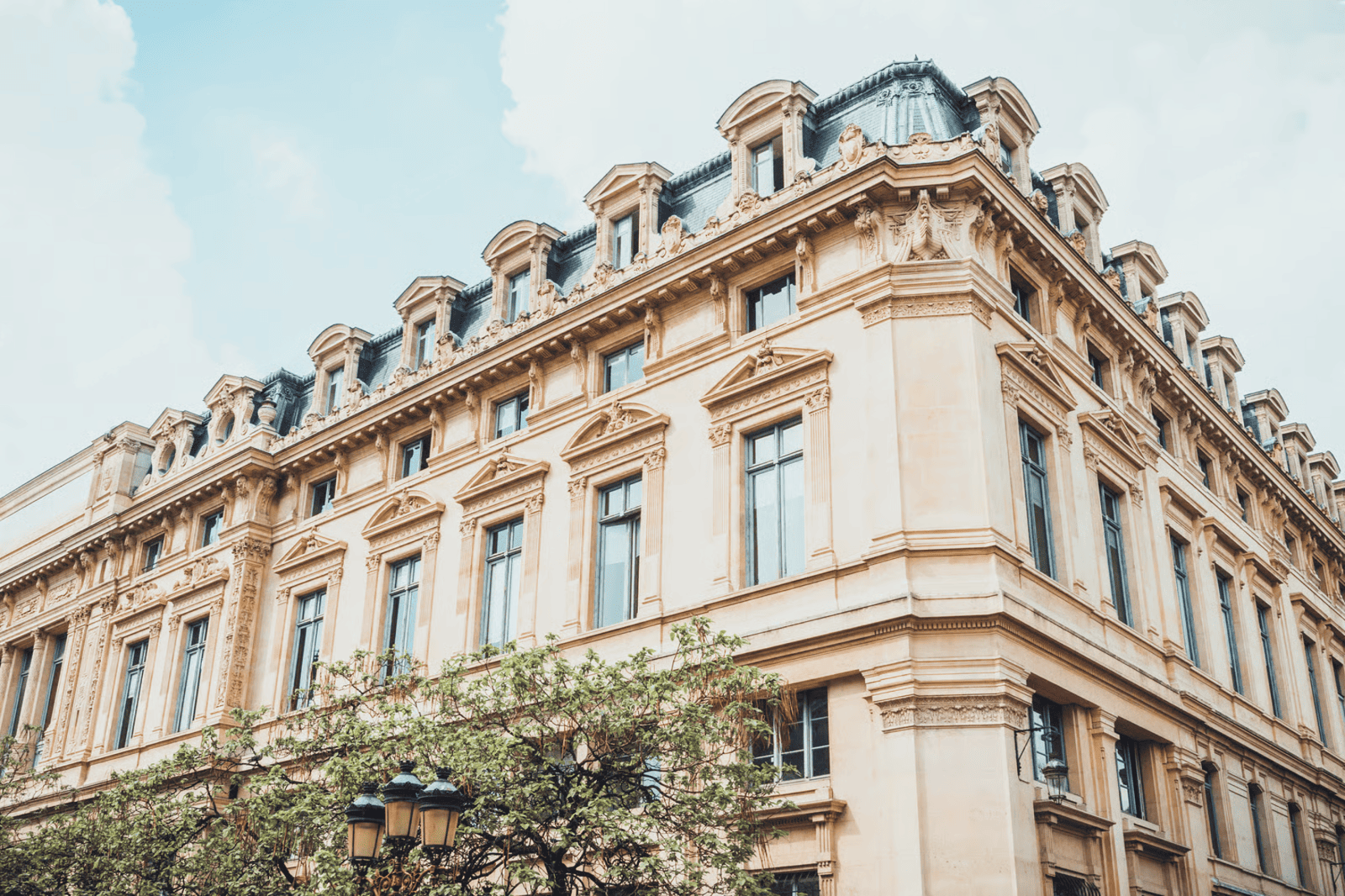Brief overview positioning the 4th arrondissement as the romantic and historic soul of Paris, where medieval streets meet Renaissance elegance. Home to iconic landmarks like Notre-Dame and Place des Vosges, the Jewish Quarter’s vibrant culture, the charming Île Saint-Louis, and the southern Marais’s blend of historic architecture, contemporary art galleries, and intimate neighborhood life.
Key attractions and cultural landmarks
Notre-Dame Cathedral
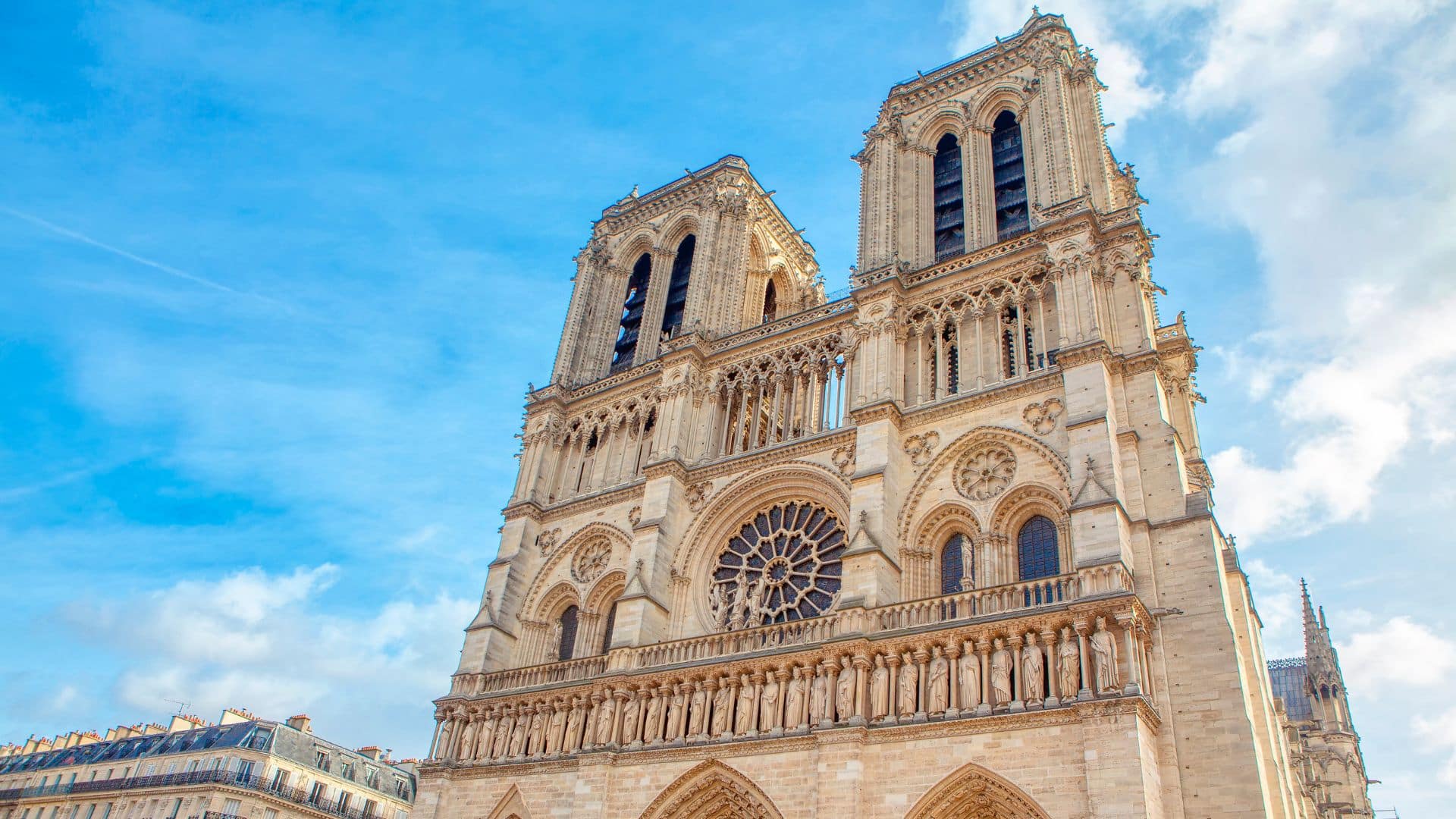
Paris’s legendary Gothic masterpiece, reborn after the 2019 fire. The cathedral officially reopened to visitors in December 2024, revealing its cleaned stonework, restored sculptures, and iconic rose windows. Ongoing restoration continues in some areas, but most of the interior and exterior are accessible once again. As of September 2025, the towers—now fully restored—offer panoramic city views from the South Tower’s 424 steps. The square outside remains a gathering point for Parisians and visitors, with the cathedral’s renewed facade once again the heart of Île de la Cité
Place des Vosges
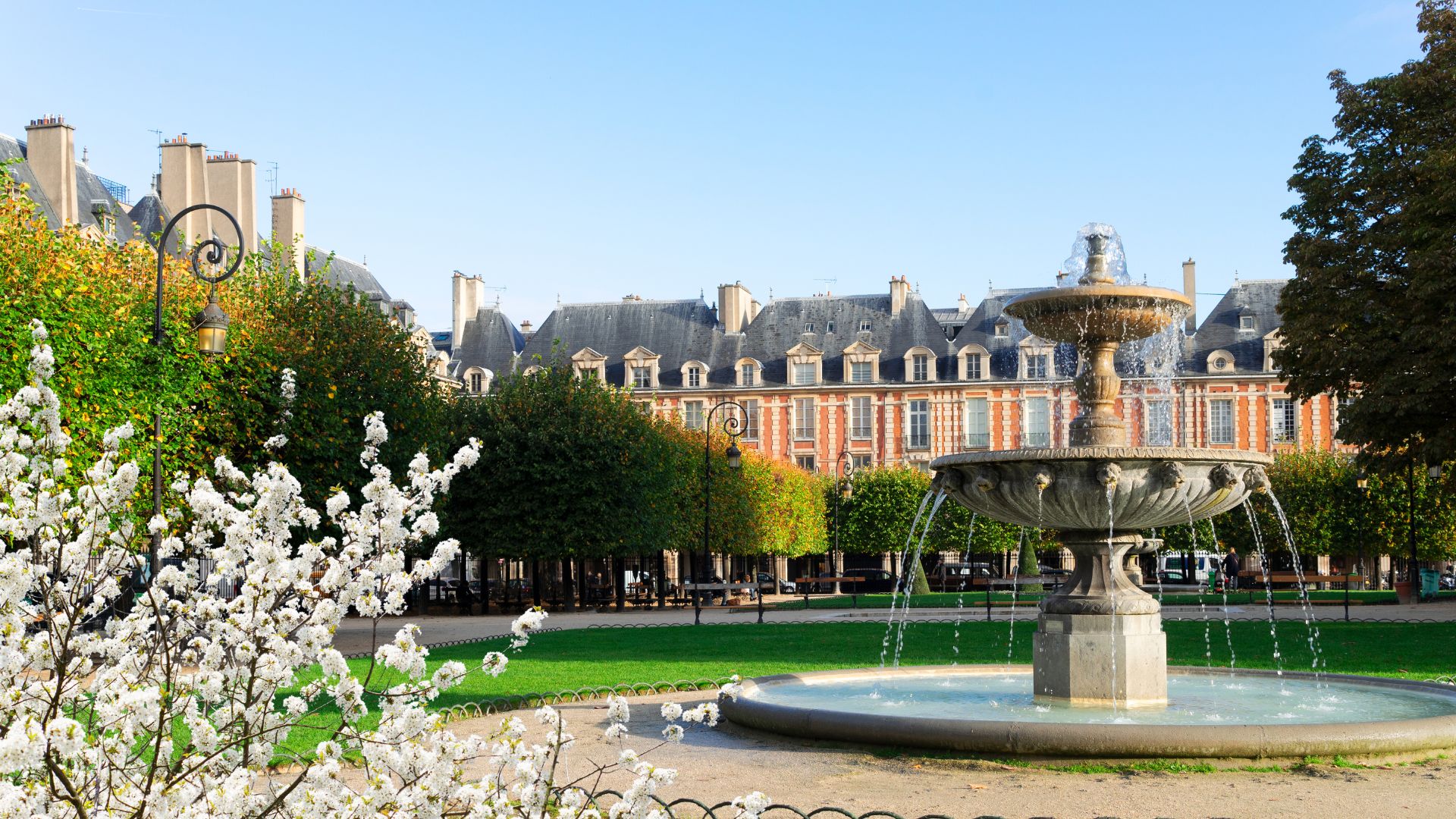
Paris’s oldest planned square (1612), and arguably its most beautiful. Perfect symmetry of red brick and stone pavilions surrounding a central garden with fountains, manicured lawns, and gravel paths under vaulted arcades. Victor Hugo’s former home (now a museum) occupies one corner. The arcades shelter art galleries, antique shops, and tea salons. A romantic oasis for strolling, reading, or simply absorbing centuries of Parisian elegance. A secret entrance from the garden of the hotel particulier Hôtel de Sully opens onto Place des Vosges.
Hôtel de Ville
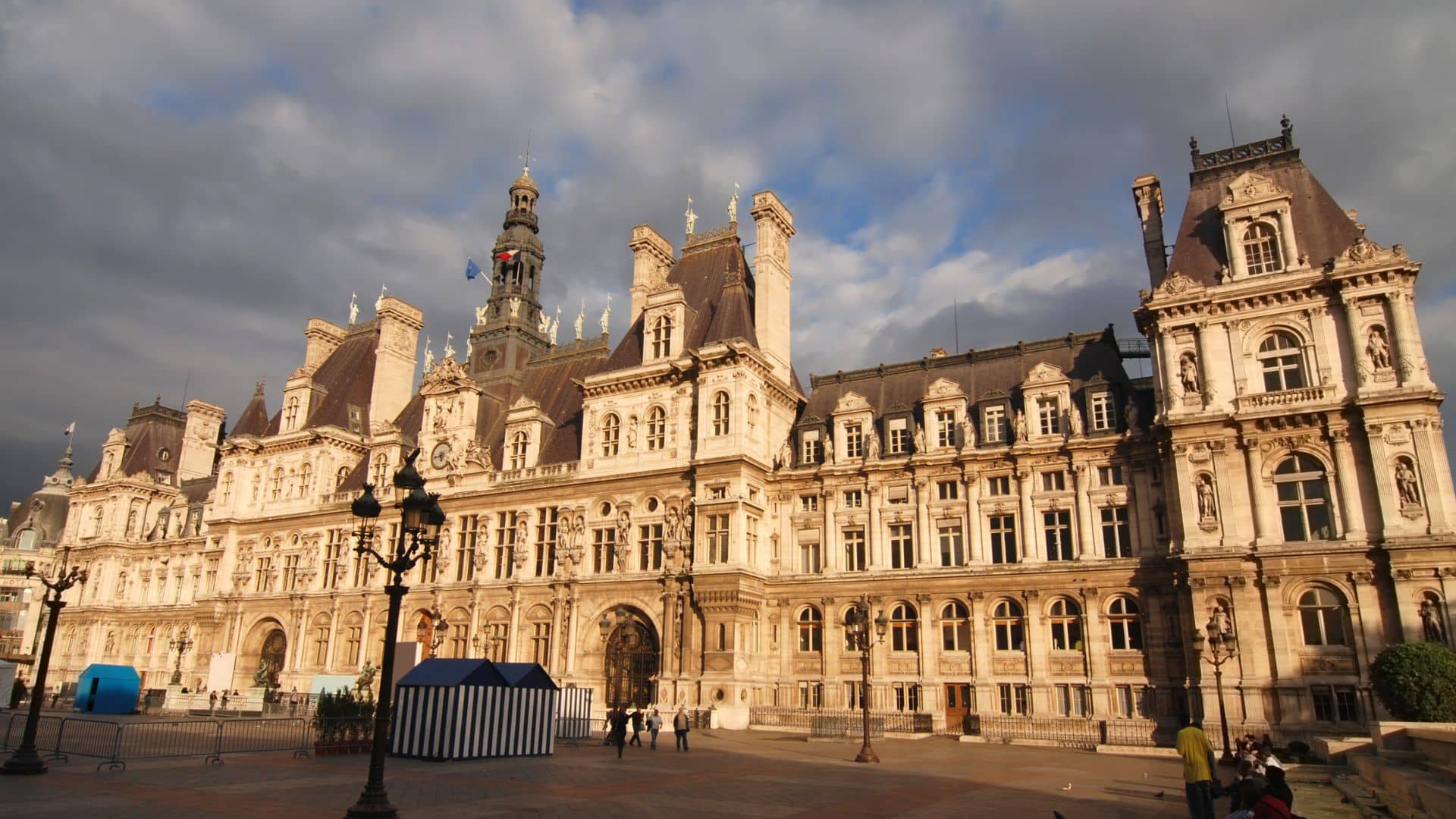
Paris’s magnificent City Hall, a Renaissance-style palace rebuilt after the 1871 fire. The ornate facade dominates a vast square used for public events, ice skating in winter, and beach volleyball in summer (Paris Plages). The building hosts free exhibitions in its public spaces, and the square itself serves as Paris’s civic living room—a gathering place for celebration and protest alike.
BHV Marais
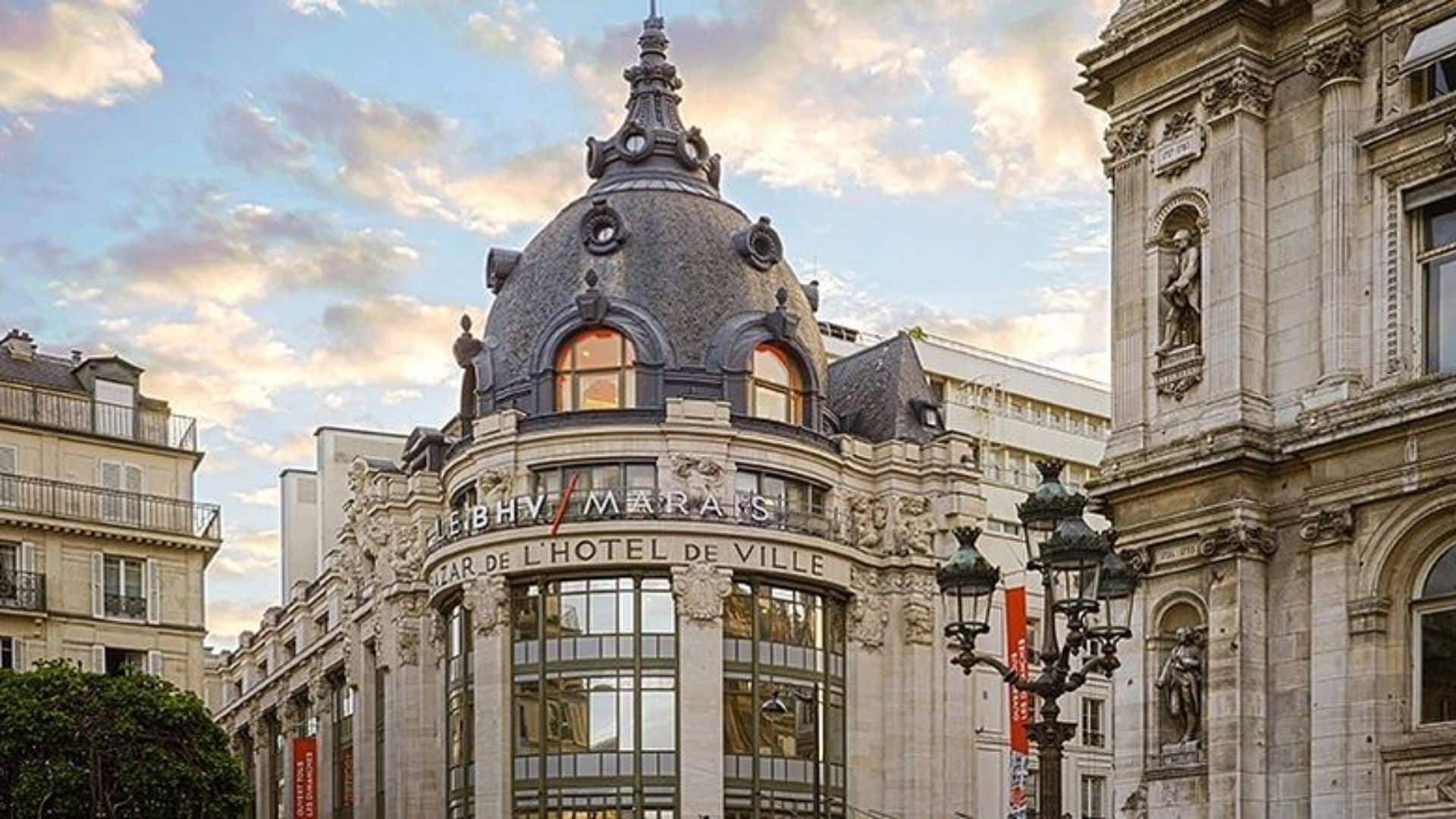
Iconic Parisian department store since 1856, beloved by locals for its comprehensive hardware and home improvement basement (a DIY paradise), housewares, and fashion floors. The rooftop restaurant offers excellent views. More authentic and less touristy than grands magasins on the Right Bank, BHV represents real Parisian shopping culture.
Memorial de la Shoah
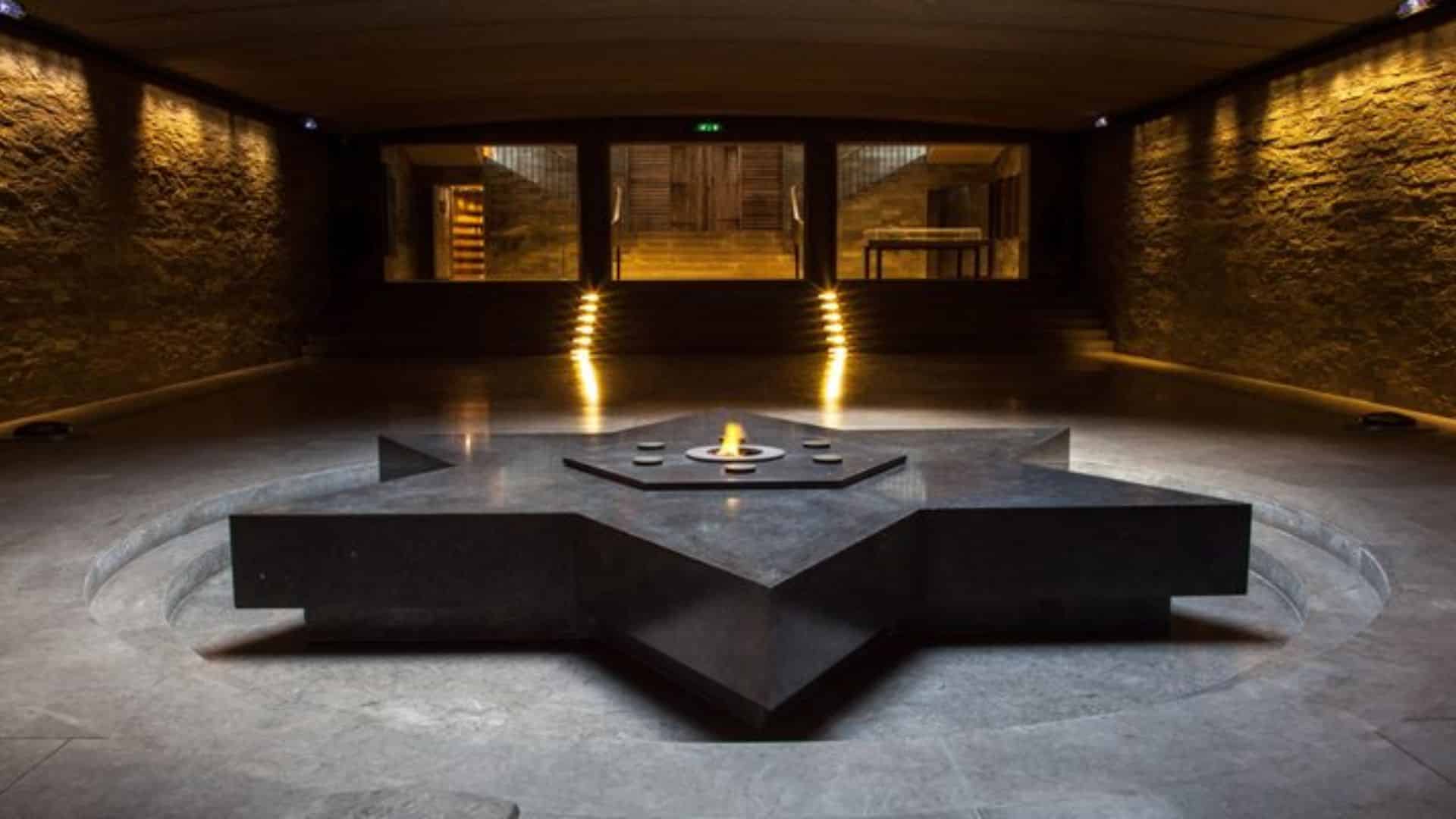
France’s principal Holocaust memorial and museum, profoundly moving and essential. The Wall of Names lists 76,000 French Jews deported during WWII. Exhibitions document the persecution, resistance, and memory. Free admission, located in the heart of the historic Jewish Quarter (Pletzl), it provides crucial historical context and remembrance.
Shopping and Dining in the Third Arrondissement
Rue des Rosiers - The Jewish Quarter (Le Pletzl)
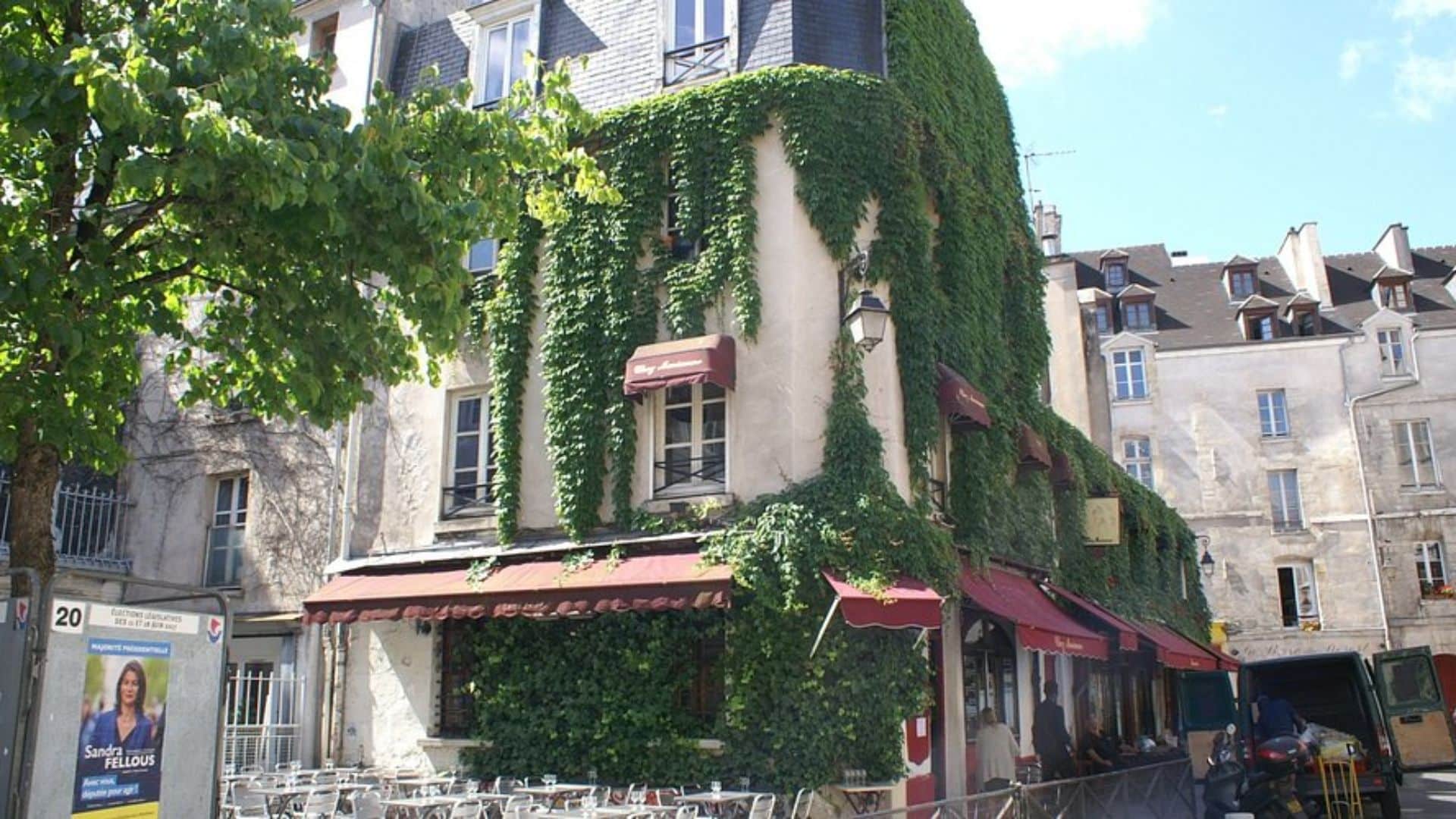
The historic heart of Paris’s Jewish community, Rue des Rosiers pulses with cultural energy. Legendary falafel shops (L’As du Fallafel, Mi-Va-Mi) draw long lines. Jewish bakeries sell traditional challah and pastries. Kosher butchers, Judaica shops, and synagogues preserve centuries of heritage. Recently, contemporary fashion boutiques have joined traditional establishments, creating a unique blend of old and new. Sunday is particularly vibrant when many Marais shops open.
Rue des Francs-Bourgeois

The Marais’s main shopping artery, running from Place des Vosges toward the 3rd arrondissement. A mix of French and international fashion brands (Sandro, Maje, COS, & Other Stories), concept stores, jewelry designers, and home décor boutiques. Historic buildings provide stunning backdrops for window shopping. The street name references the medieval almshouses that once stood here, and some facades still show remarkable architectural details.
Village Saint-Paul
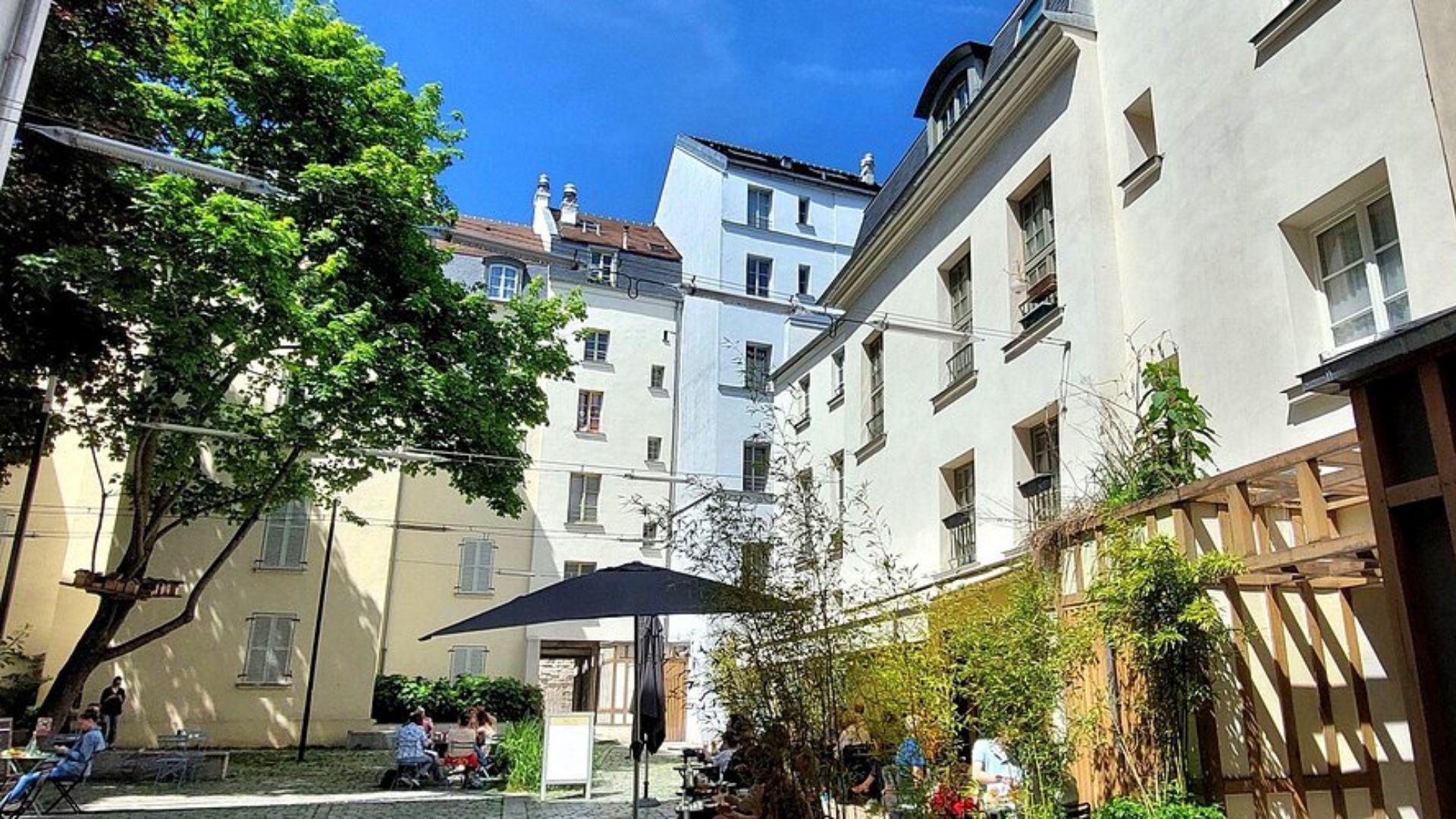
A hidden complex of interconnected courtyards between Rue Saint-Paul and the Seine, housing antique dealers, vintage shops, art galleries, and curiosity stores. Quiet cobblestone passages open into surprising courtyards—a secret world within the neighborhood. Particularly lively on weekends when all dealers open. Perfect for treasure hunting, from vintage furniture to rare books to antique jewelry.
Île Saint-Louis
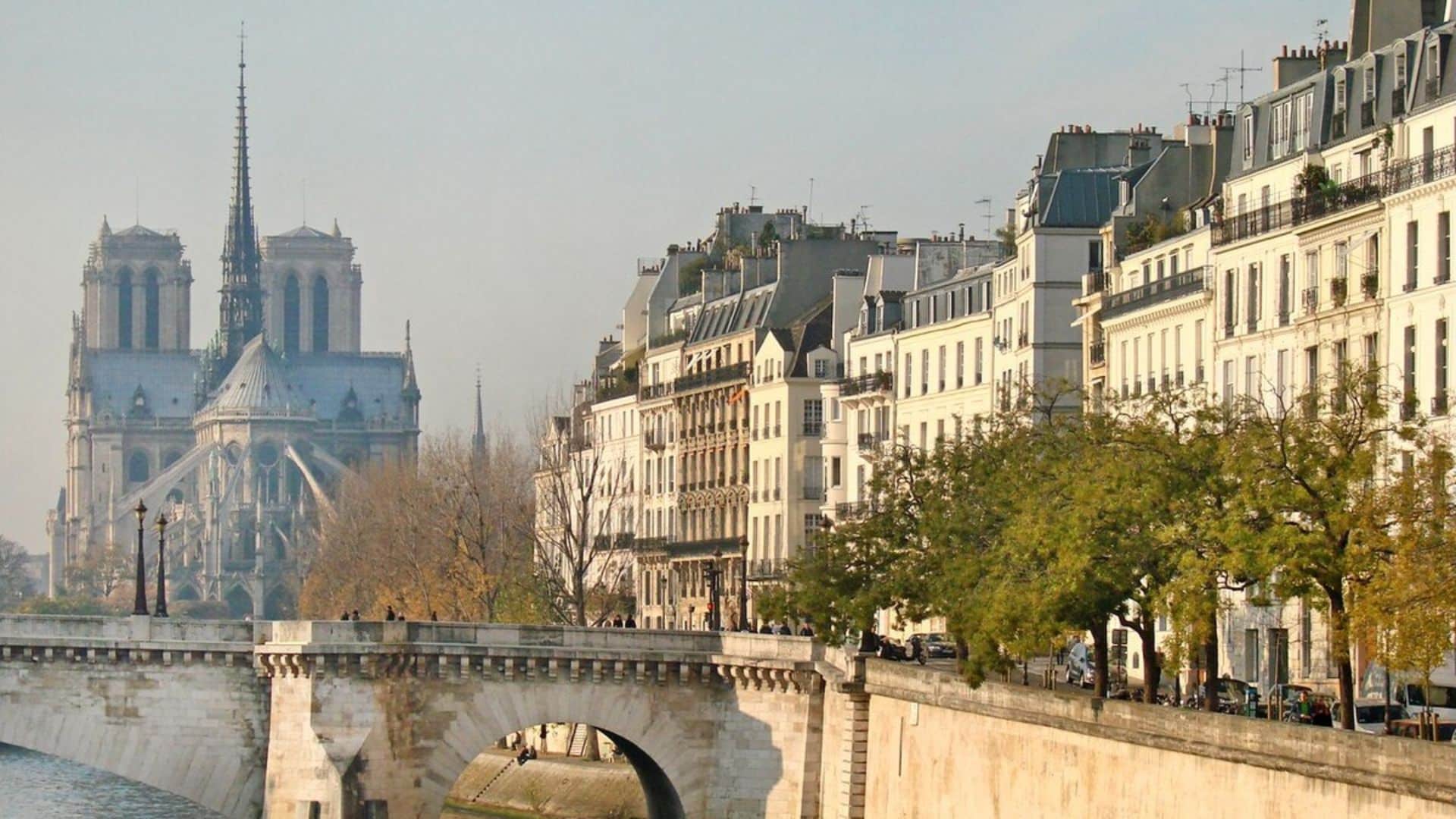
The smaller island epitomizes Parisian residential elegance. Rue Saint-Louis-en-l’Île, the main street, offers specialty food shops, art galleries, and the legendary Berthillon ice cream (Paris’s finest). The island’s quays provide romantic riverside walks with postcard views of Notre-Dame and the Right Bank. Less commercial than Île de la Cité, it maintains a village atmosphere despite its prime location.
Culinary Delights
The 4th spans culinary traditions—historic Jewish food, classic French bistros, contemporary natural wine bars, Middle Eastern specialties, and innovative restaurants. The neighborhood’s food scene honors tradition while embracing evolution.
Notable Restaurants/Cafés to Highlight
Jewish deli and restaurant, excellent mezze platters, authentic atmosphere
Les Philosophe
Classic Marais café-brasserie on Rue Vieille du Temple, perfect terrace for people-watching
L'As du Fallafel
Legendary falafel institution on Rue des Rosiers, consistently ranked among the world’s best
Au Bourguignon du Marais
Traditional wine bar and bistro, Burgundy-focused, quality ingredients
Outdoor Spaces and Relaxation
Jardin des Rosiers - Joseph Migneret
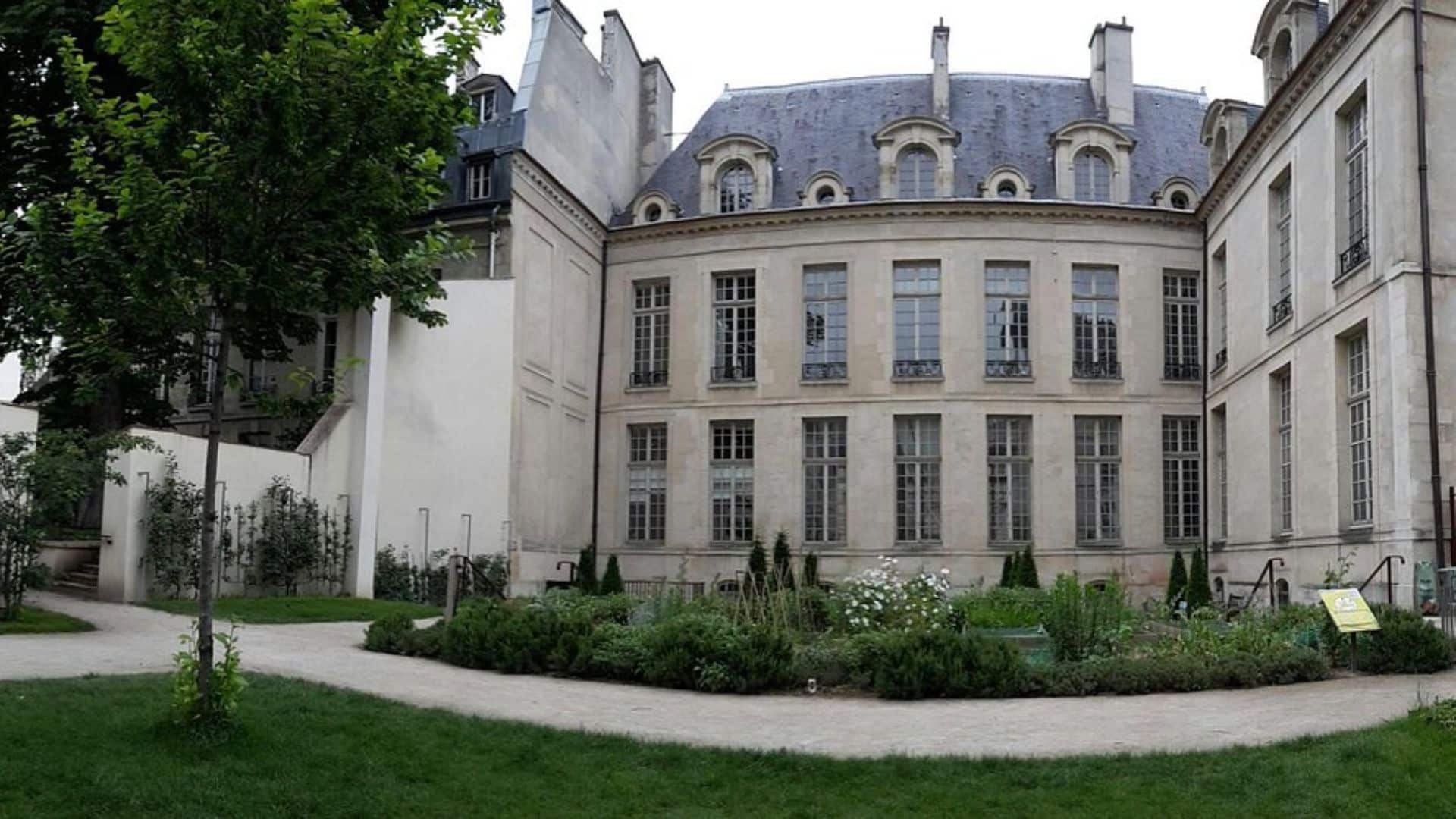
Small garden square tucked behind Rue des Rosiers, offering peaceful green space in the dense Marais. Children’s playground, benches, lawns—a neighborhood refuge where locals gather.
Seine Quays
The quays along both sides of Île Saint-Louis and Île de la Cité offer exceptional riverside walks. Particularly romantic at sunset or after dark when monuments illuminate. The quays on the Right Bank (Quai de l’Hôtel de Ville, Quai des Célestins) often host temporary installations, book stalls, and summer beach setups (Paris Plages).
Café Terraces and Marais Streets
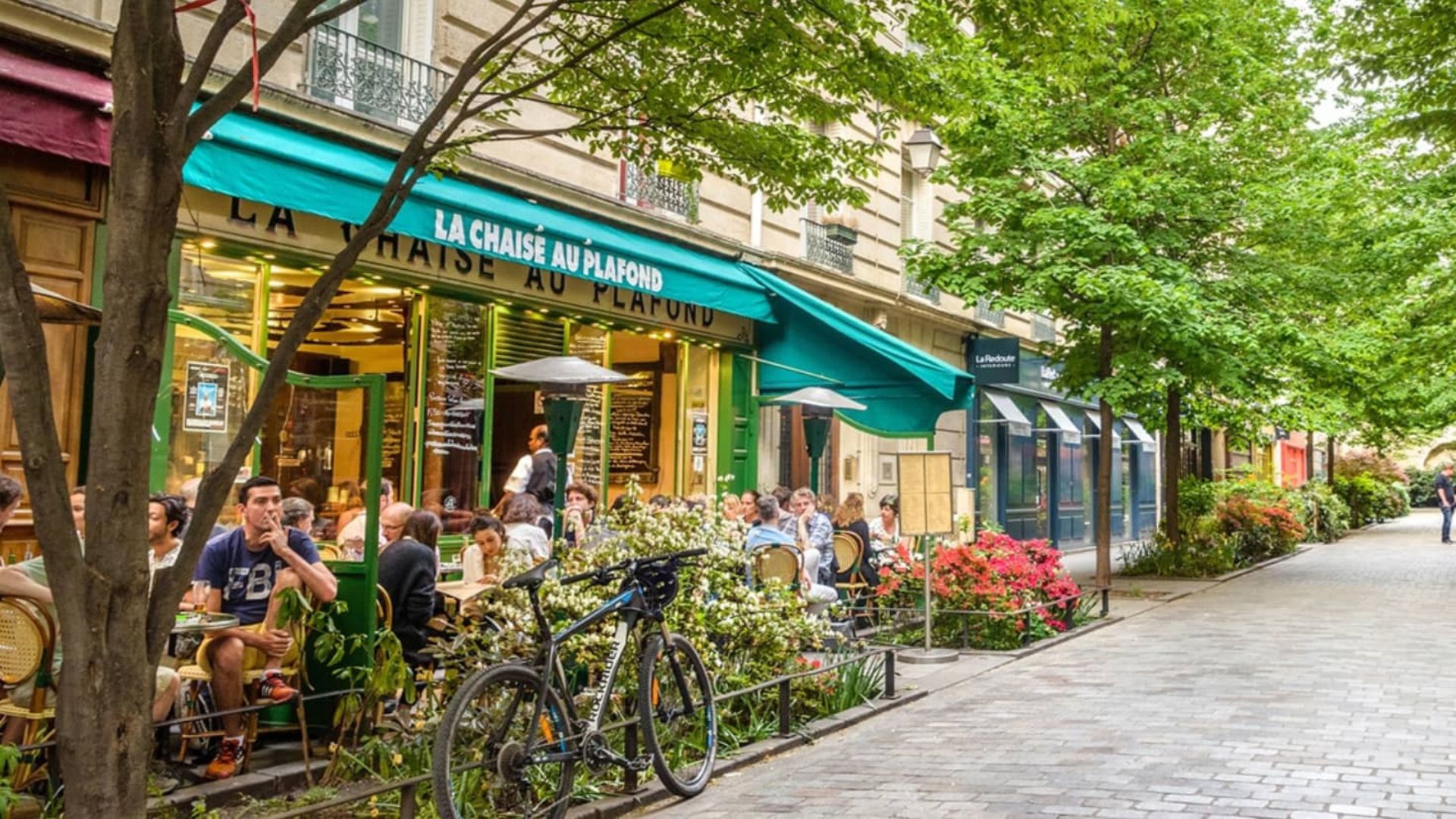
Rue Vieille du Temple, Rue des Archives, and Rue Sainte-Croix de la Bretonnerie overflow with café terraces perfect for apéritifs and people-watching. The 4th excels at outdoor café culture, with terraces spilling onto medieval streets creating an enchanting urban theater.
Museums and Cultural Venues
Maison de Victor Hugo
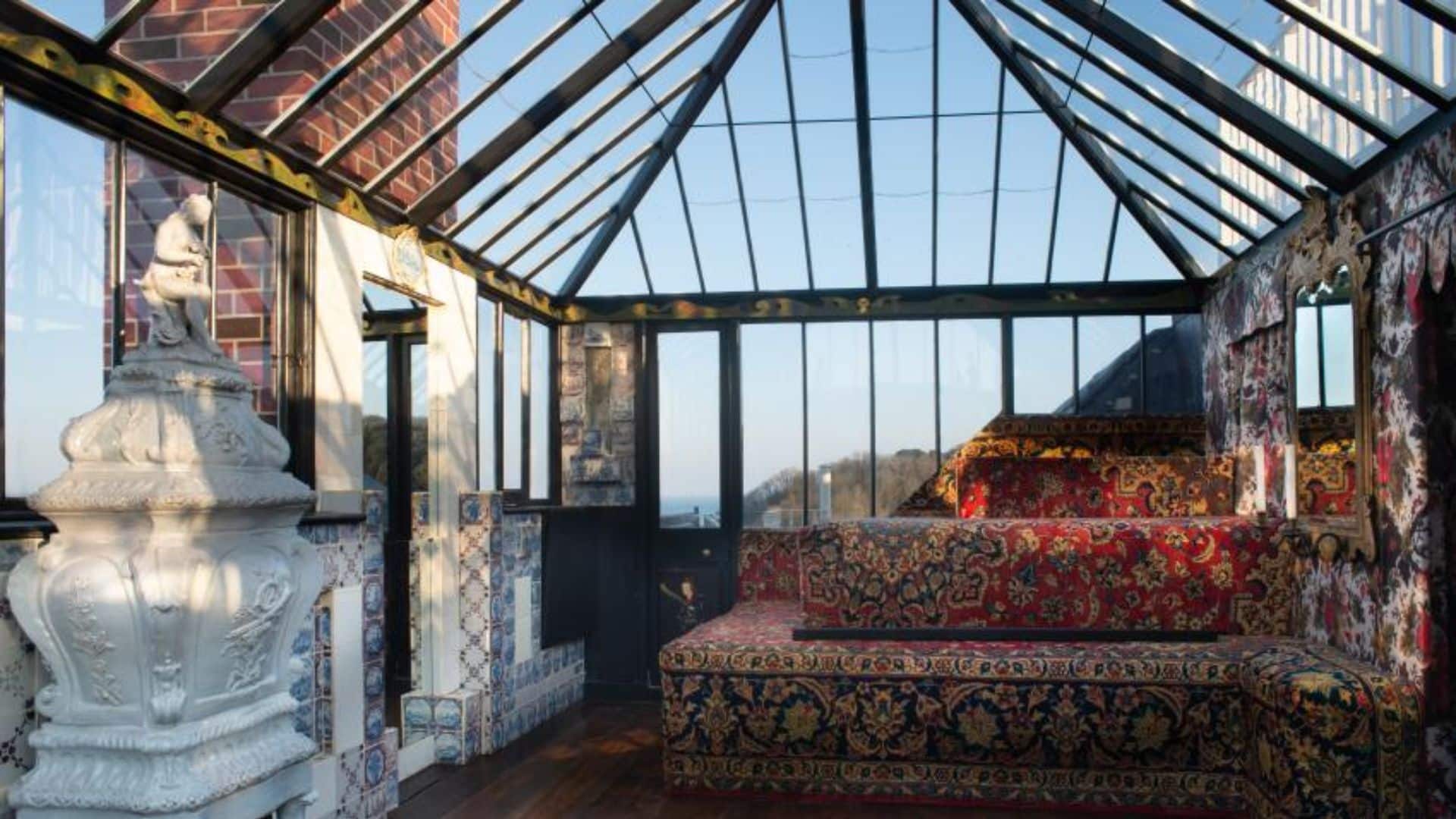
The great writer’s residence from 1832-1848, now a free museum on Place des Vosges. Period rooms show where Hugo wrote parts of Les Misérables, displaying manuscripts, drawings, and personal objects. The Chinese-inspired dining room he designed is particularly striking.
Pavillon de l'Arsenal
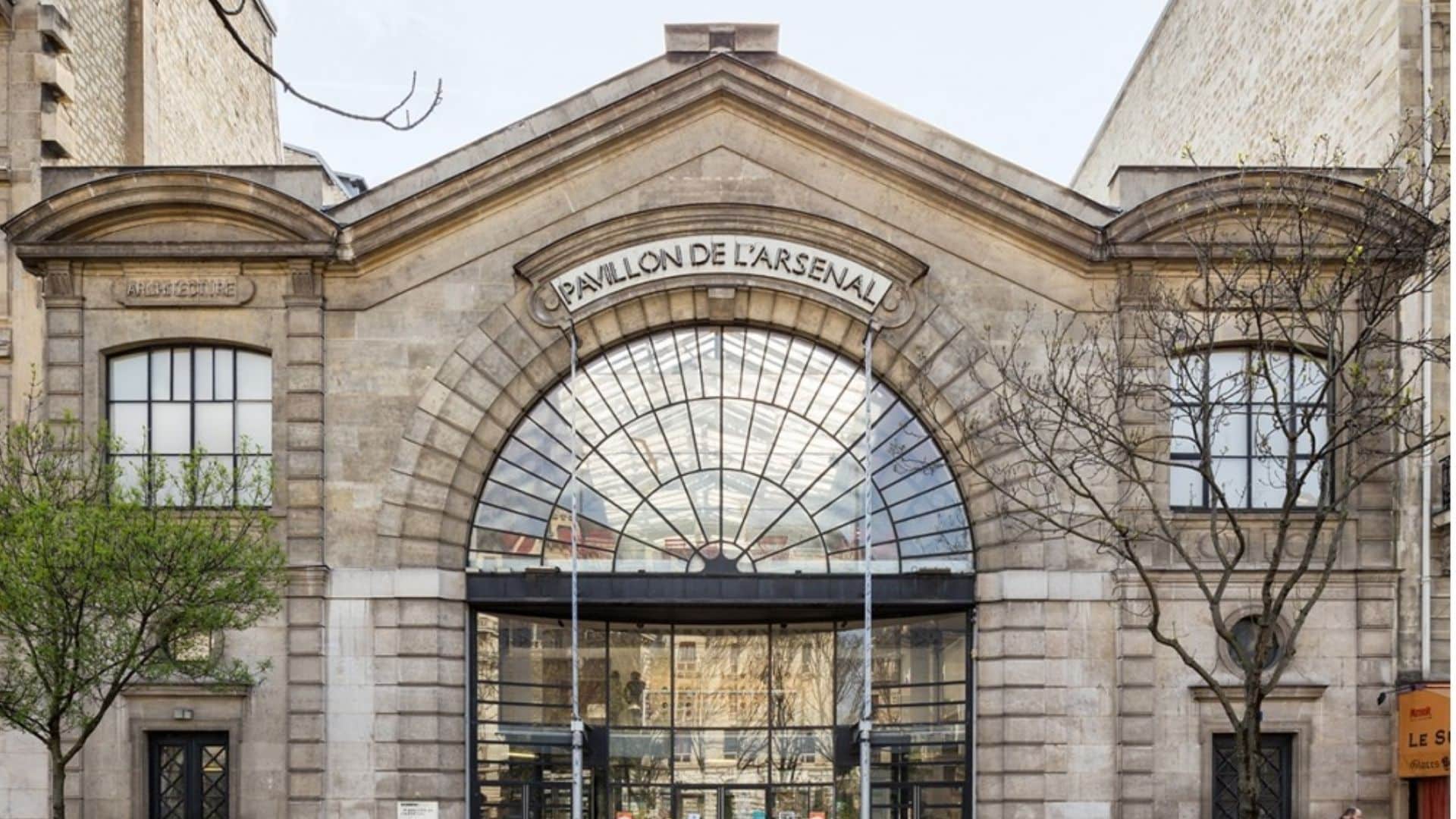
Paris’s urban planning and architecture center, offering excellent free exhibitions about the city’s development, current projects, and architectural history. Essential for understanding how Paris became Paris. Large-scale models of the city fascinate adults and children alike.
Galeries d'Art Contemporain
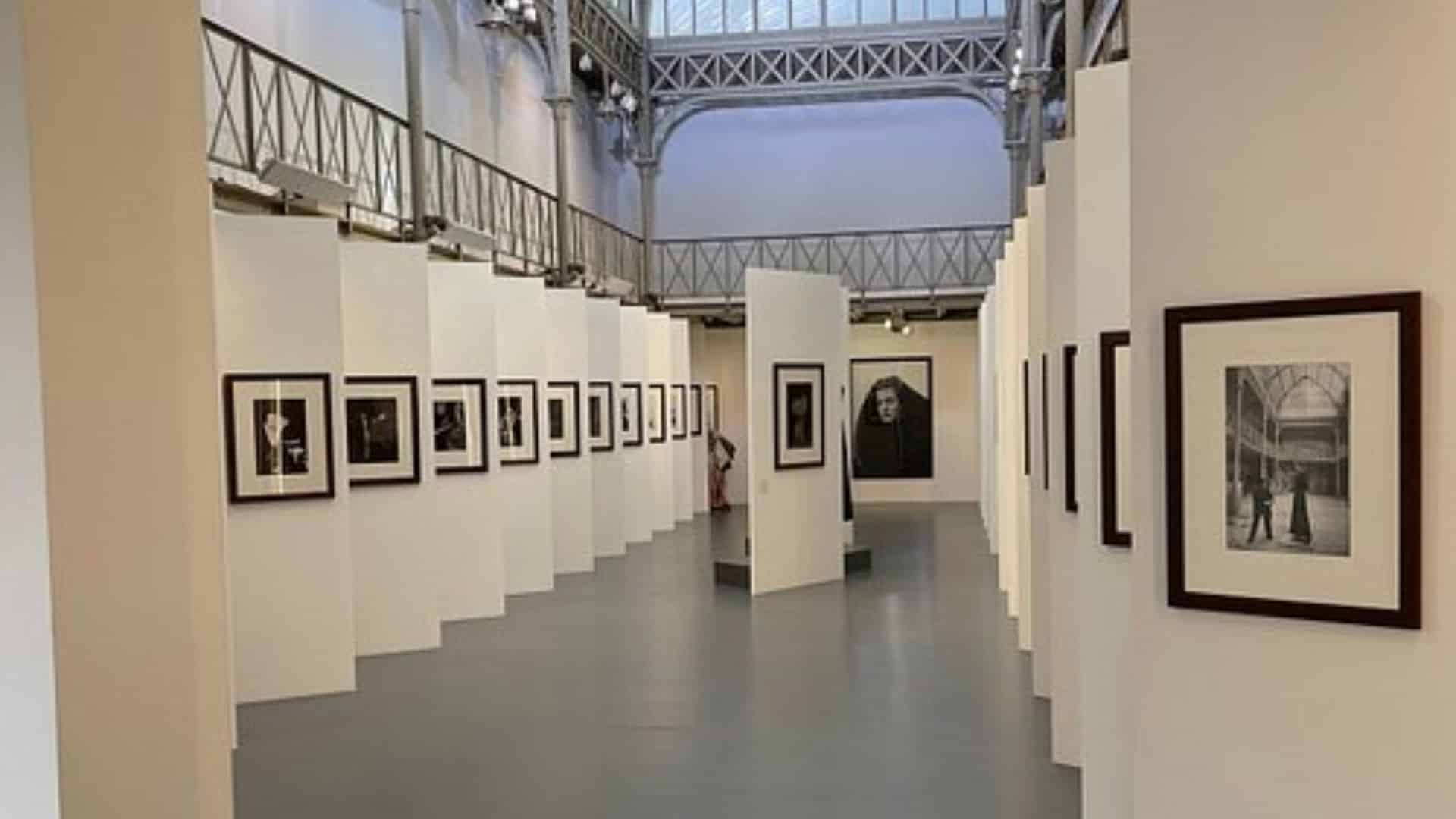
The southern Marais (particularly around Rue de Turenne and branching streets) has become Paris’s contemporary art gallery district. Perrotin, Thaddaeus Ropac, Galerie Templon, and dozens more showcase cutting-edge contemporary art. Most galleries welcome browsers; openings often occur on Saturdays.
Neighborhood Character and Living in the 4th
Historic Soul of Paris
The 4th occupies Paris’s literal and spiritual heart. Medieval street patterns, Renaissance architecture, Gothic monuments—history isn’t preserved here, it’s lived in. Walking these streets means following paths traced for centuries, where every building tells stories.
Architectural Diversity
From medieval half-timbered houses on Rue François Miron to Renaissance elegance of Place des Vosges, from Belle Époque apartment buildings to contemporary insertions, the 4th showcases Paris’s architectural evolution. The density of protected buildings makes it feel like an open-air museum, yet it remains fully alive. Because so many of the buildings are historic, elevators are scarce. Many building interiors feature beams and stone walls that pre-date the Haussmannian style.
Cultural Crossroads
Jewish heritage, LGBTQ+ community presence, international creative professionals, established French families—the 4th’s diversity creates rich cultural texture. Multiple communities coexist, each contributing to neighborhood vitality. This mixing prevents the area from becoming a sterile historic district.
Island Living
Île Saint-Louis offers unique appeal—living on an island in the Seine’s center, surrounded by water and views, yet fully urban. The island maintains village-like intimacy with just one main street, creating a special microclimate within central Paris.
Day-to-Night Vitality
The 4th never sleeps. Morning brings locals shopping and tourists visiting monuments. Afternoon sees galleries and museums fill. Evening transforms streets into dining and social scenes. Late night, bars and clubs keep energy flowing. This constant animation ensures the neighborhood always feels alive.
Tourist-Local Balance
Yes, the 4th attracts massive tourism (Notre-Dame, Place des Vosges, Marais charm), yet strong residential and local commercial life persists. Locals shop at their boulangerie, children attend neighborhood schools, regulars have their corner café, creating authentic Parisian life alongside visitor presence.
Conclusion
The 4th arrondissement offers what many consider the quintessential Parisian experience: medieval streets winding past Renaissance palaces, historic Jewish Quarter culture meeting contemporary art galleries, iconic monuments and hidden courtyards, Seine-side romance and neighborhood intimacy. It’s where Paris’s history feels most tangible, its beauty most concentrated, and its character most distinctive.
For those seeking to live in Paris’s romantic heart—where every street corner could illustrate a guidebook, yet real Parisian life continues—the 4th delivers unmatched historic charm, cultural richness, central location, and that ineffable quality that makes Paris, Paris.
Thinking of buying in Paris?
Download our free Buying Property in Paris Guide to discover everything you need to know about purchasing real estate in the city from legal steps and financing tips to neighborhood insights and expert advice. Whether you’re planning a future move or simply exploring the market, this comprehensive guide is designed to help international buyers make smart, informed decisions.
Others articles

Paris Lifestyle: 7 Chic Bars to Fall in Love with the City
Buying an apartment in Paris isn’t just about acquiring real estate—it’s about stepping into a way of life. A life
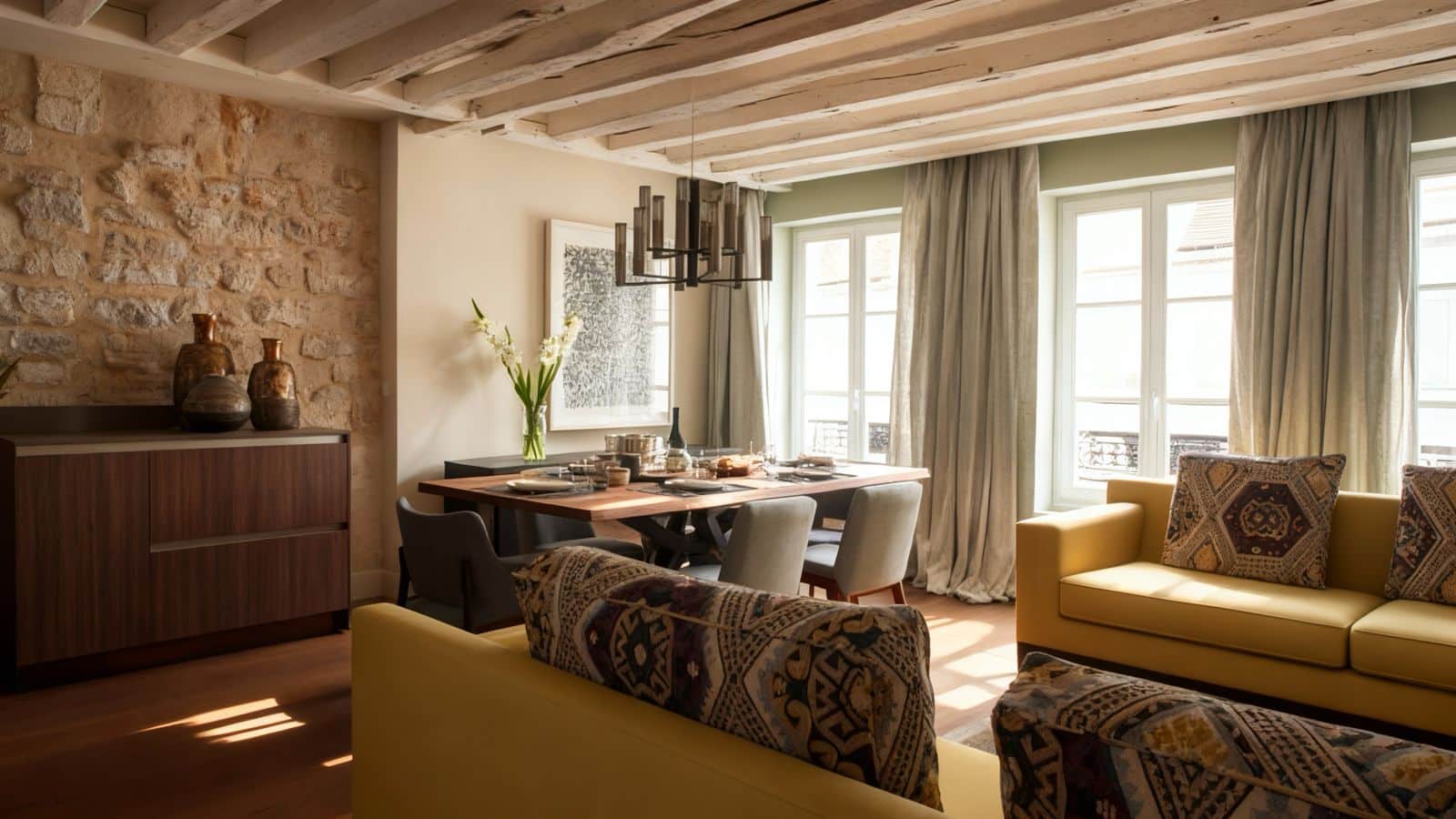
Client Story – A Paris Renovation Made Simple
Turning a 1780s Marais duplex into a modern Parisian home When Mondira and Paul began their search for a home
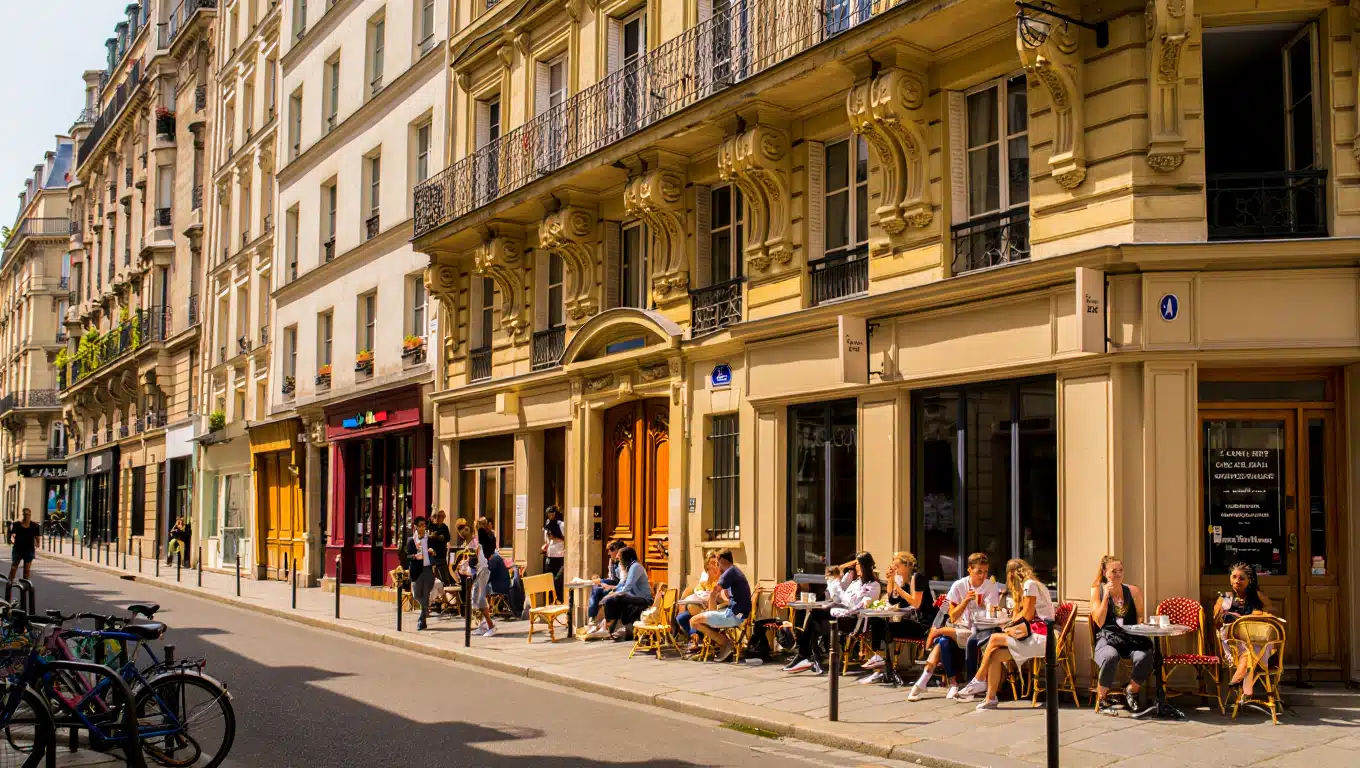
Third Arrondissement of Paris: Authenticity in the Historic Marais
The 3rd arrondissement captures the essence of the historic Marais, where 17th-century architectural elegance meets contemporary creativity. Paris’s smallest arrondissement,

